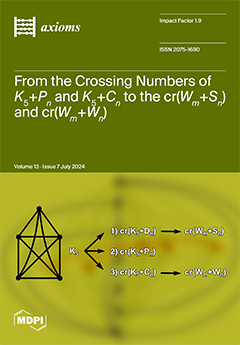When the time-dependent boundary element method, also termed the pseudo-initial condition method, is employed for solving transient heat conduction problems, the numerical evaluation of domain integrals is necessitated. Consequently, the accurate calculation of the domain integrals is of crucial importance for analyzing transient
[...] Read more.
When the time-dependent boundary element method, also termed the pseudo-initial condition method, is employed for solving transient heat conduction problems, the numerical evaluation of domain integrals is necessitated. Consequently, the accurate calculation of the domain integrals is of crucial importance for analyzing transient heat conduction. However, as the time step decreases progressively and approaches zero, the integrand of the domain integrals is close to singular, resulting in large errors when employing standard Gaussian quadrature directly. To solve the problem and further improve the calculation accuracy of the domain integrals, an (
α,
β) distance transformation is presented. Distance transformation is a simple and efficient method for eliminating near-singularity, typically applied to nearly singular integrals. Firstly, the (
α,
β) coordinate transformation is introduced. Then, a new distance transformation for the domain integrals is constructed by replacing the shortest distance with the time step. With the new method, the integrand of the domain integrals is substantially smoothed, and the singularity arising from small time steps in the domain integrals is effectively eliminated. Thus, more accurate results can be obtained by the (
α,
β) distance transformation. Different sizes of time steps, positions of source point, and shapes of integration elements are considered in numerical examples. Comparative studies of the numerical results for the domain integrals using various methods demonstrate that higher accuracy and efficiency are achieved by the proposed method.
Full article




